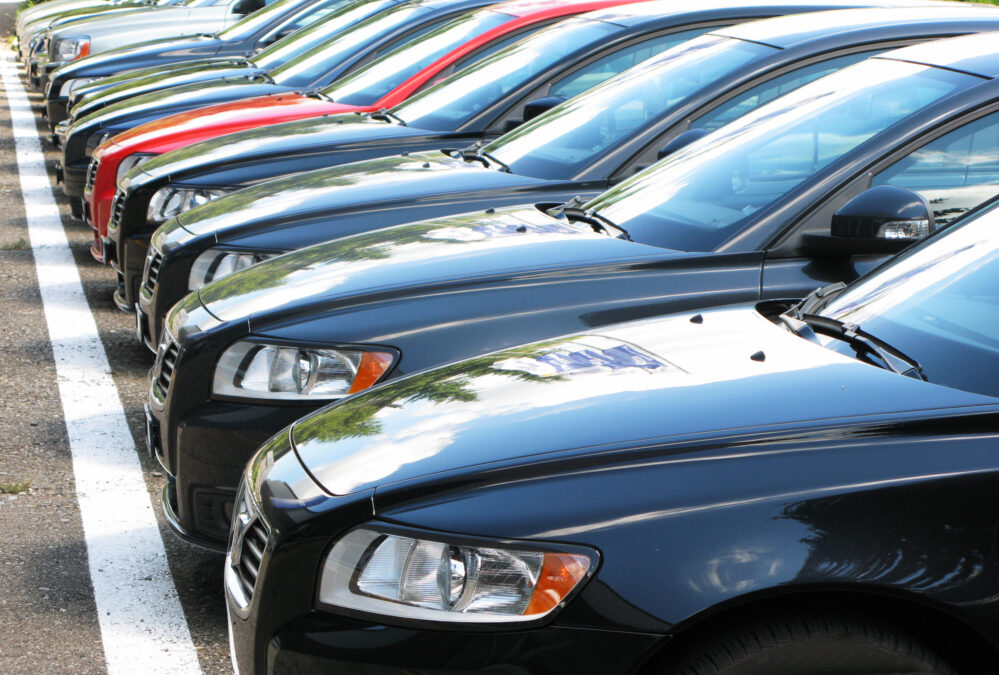A month on from the UK Government publishing its guidelines for cyber security in driverless vehicles, Gowling WLG is calling for more regulation and collaboration on this issue within the connected and autonomous vehicle (CAV) market.
The firm’s brand new white paper launches today and discusses how the motor industry and law makers need to work together to react to the increased importance of all-things-cyber.
>See also: The future of driverless cars and data security
The paper, which is the latest in Gowling WLG’s series on behalf of UK Autodrive, concludes that there is not enough collaboration among the manufacturers themselves. The desire to be first-to-market and create unique selling points means discussions on best practice and setting standards are not sufficiently advanced.
It states that the motor industry must not under-estimate the cyber threat and manufacturers must act more collaboratively, share information and adopt best practice procedures that have been developed by the industry, for the industry.
Stuart Young, head of Automotive at Gowling WLG, highlights the pressures on the manufacturers: “Inappropriate and excessive regulation can have a deadening effect on any developing technology and we would not want to see CAV technology stopped before we have even begun to see the potential benefits. However, in a commercially attractive but competitive target it is often regulation (whether self-imposed or government led) that provides the way in which commercial and other societal interests are balanced.”
>See also: UK Government issues cyber security guidelines for driverless cars
“Responsible industry players usually welcome good regulation knowing that it provides a commercially level playing field and reduces the worry that there could be a “race for the bottom” where safety and security is sacrificed in the short-term interests of market share and profit. The automotive industry has a strong track record of improving safety in a collaborative way as can be seen in the reduction of serious injuries and fatalities in the last 25 years. That same spirit now needs to be applied to the development of CAV technology, especially in setting communications standards.”







